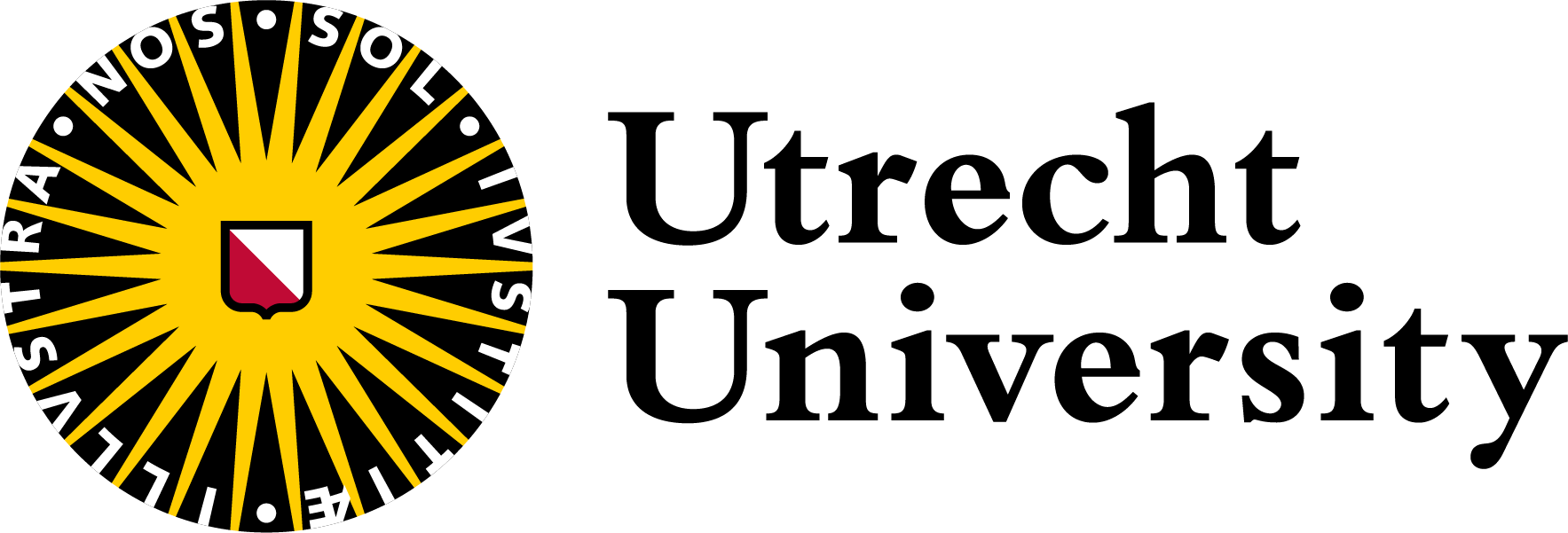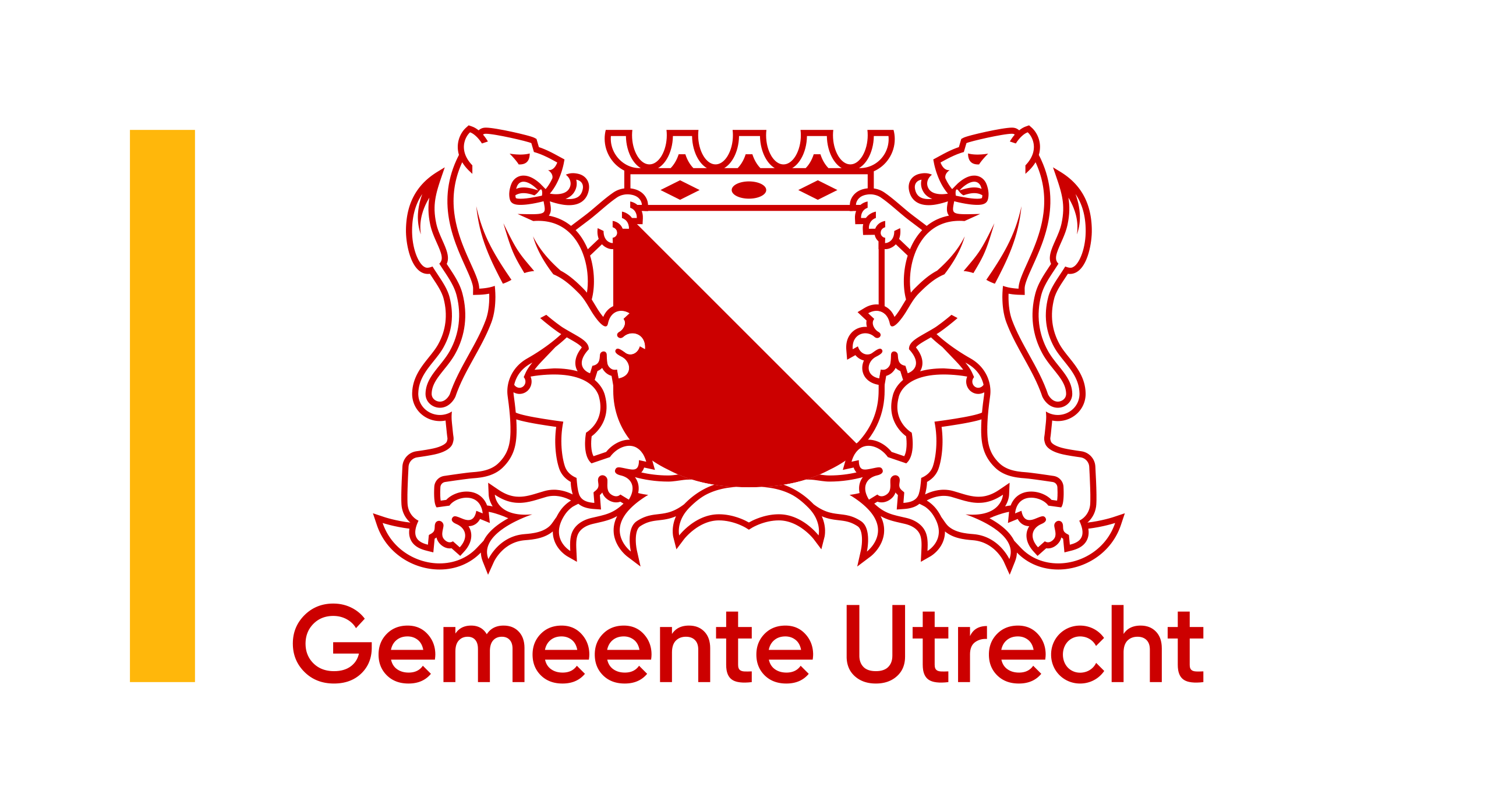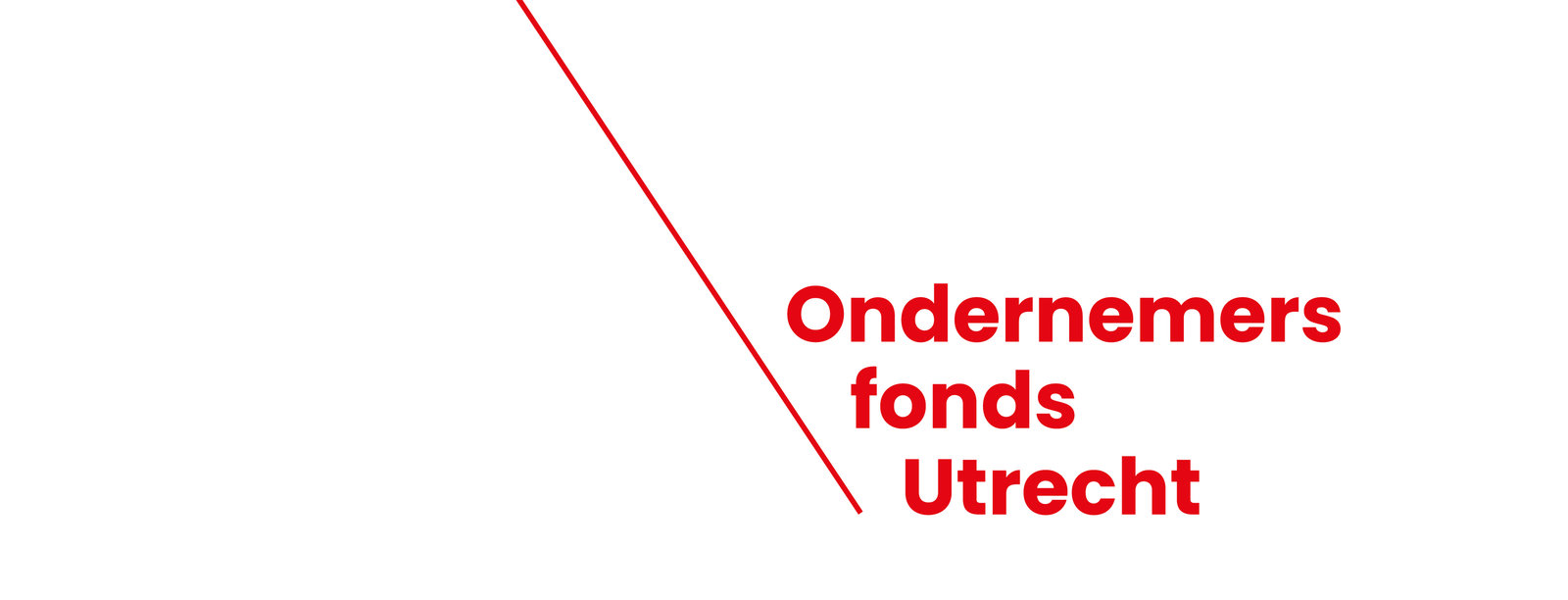Utrecht Life Sciences: from pitch to practise
On 1st October 2024, Professor Paul Coffer stepped into his role as Scientific Director of Utrecht University’s Strategic Theme Life Sciences. More than six months in, the honeymoon period is over and the course ahead is clear. What did he encounter, and where is he heading next?
When Paul Coffer took on his new role, he brought with him a broad scientific background, spanning molecular cell biology, regenerative medicine, immunology, and cancer research. He also came with a proven track record in building research communities, most notably through his work at the Regenerative Medicine Center Utrecht.
But in his first months as director, Coffer focused above all on exploration, listening, and building connections. “Cutiosity has always driven my work as a researcher and this role is no different. I wanted to dive in and understand: what’s already happening, what’s gaining momentum, and where the real opportunities lie.” He spoke with researchers and staff across Utrecht University, the University of Applied Sciences, University Medical Center, the Hubrecht Institute, the Westerdijk Institute, and the Princess Máxima Center. “Every conversation reaffirmed what I already believed: the ingredients for success are all here in Utrecht”.
Knowledge in high density – collaboration at full scale
What makes Utrecht unique? Paul doesn’t hesitate: “Within just one and a half square kilometers, we have the highest concentration of life sciences expertise and infrastructure in Europe. Fundamental research, applied science, education, clinical care, and societal partners – all within walking distance. That’s rare. But it only becomes powerful if people truly make use of that proximity.”
That, according to Paul, is both the challenge and the opportunity for Life Sciences in Utrecht. “We’re strong in content and innovation – but true breakthroughs happen when we cross disciplinary boundaries. That kind of synergy is essential if we’re serious about tackling today’s complex societal challenges, whether it’s aging populations, food security, or sustainable healthcare.”
Driving Impact through collaboration
“The days when scientific breakthroughs could be made within a single discipline are over,” Paul says. “Society faces challenges that require integrated approaches. And that’s possible here. We not only have Utrecht University, with its seven faculties that includes the country’s only Faculty of Veterinary and the University Medical Center, but national institutes such as Hubrecht and Westerdijk, the Princess Máxima Center, and the University of Applied Sciences.”
It’s precisely that breadth that makes Life Sciences in Utrecht so special. “We study life in all its forms – from molecule to society. And we train the next generation of life scientists in the largest Graduate School of Life Sciences in Europe. That gives us everything we need to make a real impact.”
From infrastructure to encounter
Top-level research takes more than brilliant minds – it also relies on access to cutting-edge technology. Utrecht Science Park is home to a wealth of advanced facilities, forming a unique technological ecosystem. But much of this expertise is still siloed within individual faculties and institutes, often making it less visible – and harder to access. Paul wants to change that. “By better connecting and opening up our facilities across campus, we can ensure that Utrecht Science Park remains a leading technology hub. That not only drives excellent research and fosters collaboration, but is also a magnet for attracting top talent.”
But infrastructure is only part of the equation, Paul emphasizes. “People need to get together. Sometimes that requires creating the right ooccasion to connect. That’s why, as a strategic theme, we want to create more opportunities for exchange: through events organized by our thematic communities, but also through shared education modules, interdisciplinary PhD projects – initiatives like that.”
Connecting early-career researchers is another clear priority for Paul. “They’re creative, open-minded, curious, and often less bound by traditional structures. That’s where the seeds of fresh ideas are planted. It would be fantastic if we, as the Life Sciences platform, could help bring these young academics together and create space for that energy to grow.”
An open outlook – reaching beyond Utrecht
Paul also sees major opportunities beyond Utrecht’s borders. “Through the EWUU alliance with Wageningen and Eindhoven, we can tap into complementary expertise and co-develop entirely new applications. That’s a huge asset.” On the international stage, Utrecht is increasingly appealing to young researchers – especially as academic environments elsewhere become more closed. “We offer a strong alternative. A place that’s interdisciplinary, socially engaged, and scientifically excellent.”
From promise to practice
The message of Life Sciences is crystal clear: science benefiting people, animals, plants, and the planet – driven by collaboration, technology, and a deep sense of societal urgency. But how do we bring that vision to life? Paul says. “By helping people find each other. Removing barriers. Highlighting what’s already happening – and making room for new ideas. We don’t need to reinvent Life Sciences. It’s already here. Now it’s time to grow it, and connect the vibrant community that surrounds it.”
Source: UMC Utrecht








